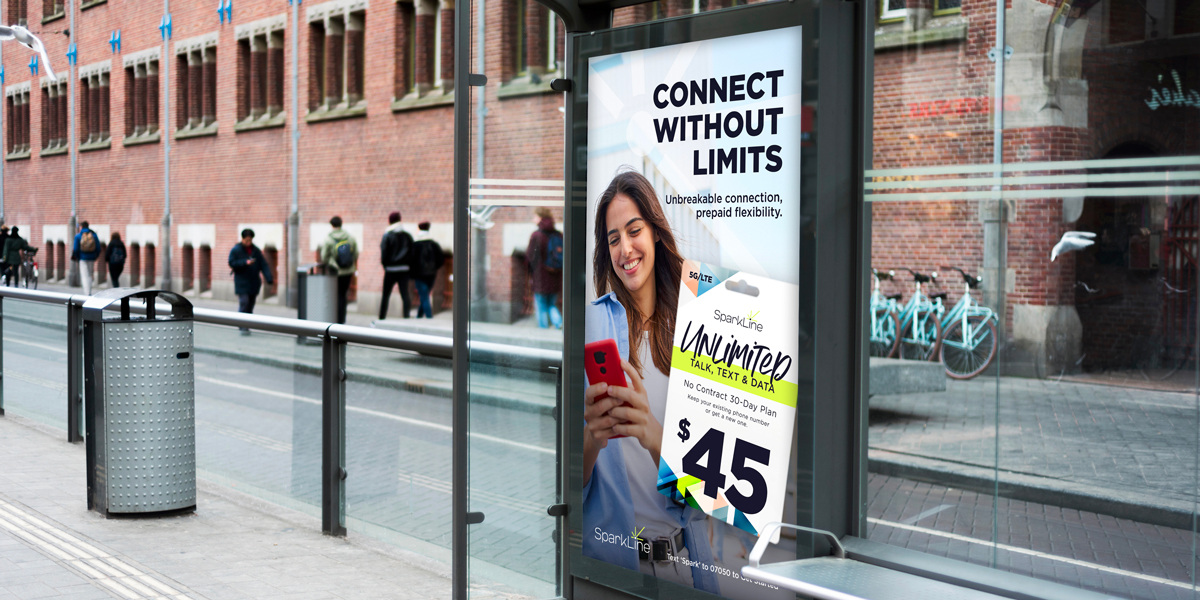
Fifteen years ago, the key technology decision for media owners was choosing a content management system (CMS). Since then, digital out-of-home (DOOH) has advanced dramatically, but CMS platforms have changed very little. They still provide player software and a scheduling interface for playlists.
Player software remains essential—it runs on devices, plays scheduled content, and supports device management and monitoring. As long as DOOH exists, player software will be needed.
However, the scheduling tools within CMS platforms have not kept up with the industry’s evolution.
Originally, media owners offered only a simple loop of ads, sometimes mixed with basic content. This made sense because DOOH evolved from static OOH, where assets were treated as fixed placements to be shared among advertisers.
Today, the market is far more complex. Media owners must balance multiple types of buyers:
- Traditional OOH (Direct): Many owners still rely heavily on OOH agencies and local buyers, who expect fixed-cadence ad campaigns. This type of spend remains foundational in the DOOH ecosystem.
- Programmatic: The fastest-growing channel, programmatic buyers expect the same tools they use in digital—automation, targeting, optimization, and measurement.
- Digital direct: Digitally savvy buyers treat DOOH like any other digital channel, focusing on audience targeting, robust reporting, and measurable outcomes rather than ad counts.
Meeting the needs of all three groups is nearly impossible when selling only on loops.
DOOH ad server: what it is, how it works
A DOOH ad server improves on CMS scheduling with advanced revenue management. Think of it as the brain of all monetization. Direct campaigns are set up in the ad server, which manages delivery, pacing, and reporting. It also automatically fills gaps with programmatic demand.
Instead of pushing a static schedule to screens, ad servers allow screens to “pull” the best ad in real time by requesting content from the ad server. The ad server evaluates all campaigns and demand sources against the rules you define (e.g., “deliver 1M impressions in these ZIP codes over 4 weeks”), then delivers the most relevant ad.
The Vistar Ad Server goes further by blending flexible impression-based delivery with traditional loop scheduling. This lets media owners service both traditional and digital buyers in a single workflow.
How an ad server drives sales
Ad servers open doors to more advanced buyers who see DOOH alongside channels like CTV, social, and mobile. These buyers expect capabilities that only an ad server can provide:
- Buying impressions on a CPM basis, not just spots in a loop
- Audience targeting across screens and times of day
- Real-time triggers (e.g., weather, sensors, live data)
- Transaction-level reporting for measurement and attribution
While CMS platforms can approximate some of these functions, they are not designed for the demands of a modern, digital-first ad business.
How an ad server maximizes programmatic revenue
Maximizing avails
For media owners, programmatic success means capturing the highest value from every available ad slot. CMS platforms, which require pre-allocation of space, often limit this potential. Since programmatic demand is dynamic and unpredictable, you leave money on the table if you don’t make all of your unsold space available to programmatic.
Ad servers solve this by managing prioritization, auctions, and bidding in real time. They automatically maximize programmatic revenue by continuously evaluating available inventory and demand.
"True" programmatic guaranteed
Programmatic guaranteed (PG) deals allow media owners to capture programmatic spend while maintaining the predictability of direct sales. To truly guarantee inventory, the SSP must validate availability and lock in placements in advance. Without this capability, PG deals are only “soft” guarantees. With an ad server, media owners can provide true programmatic guarantees, combining the flexibility of digital with the reliability of direct sales.
Conclusion
The DOOH landscape has outgrown the limitations of loop-based scheduling. Media owners today face diverse buyer expectations—from traditional agencies to digital-first marketers—and meeting them requires more than a CMS can deliver. An ad server empowers media owners to unify workflows, maximize programmatic demand, and provide the advanced capabilities buyers now expect. In short, ad servers aren’t just an upgrade to CMS—they’re the foundation for future growth in DOOH.
To learn more about Vistar’s ad server, contact us.



